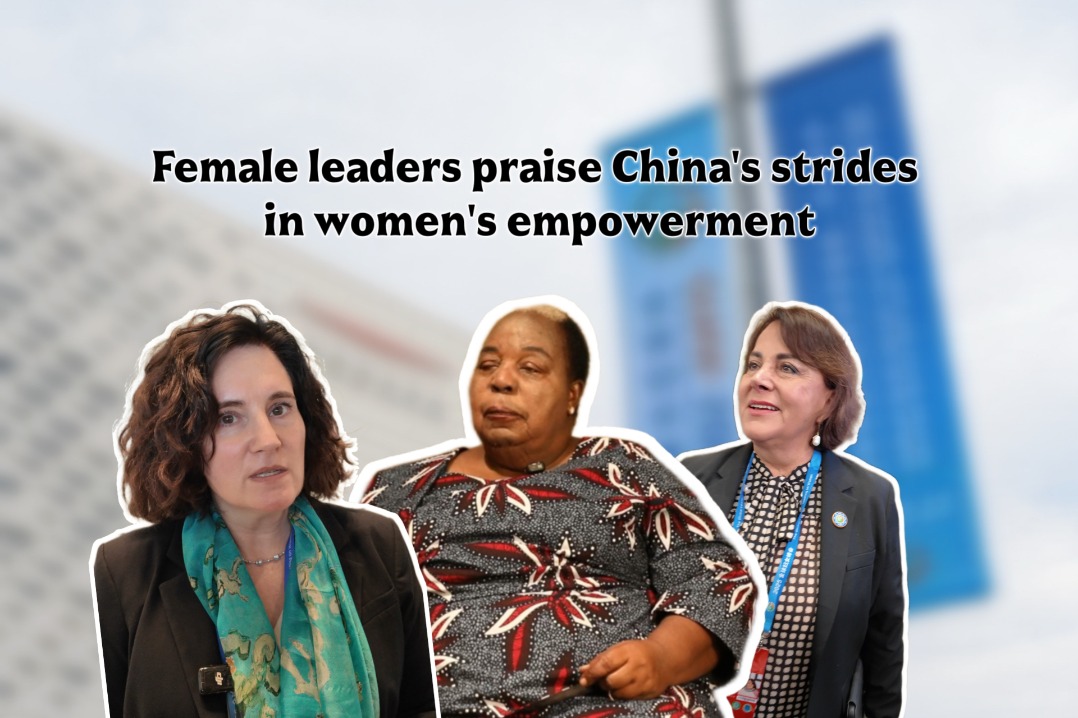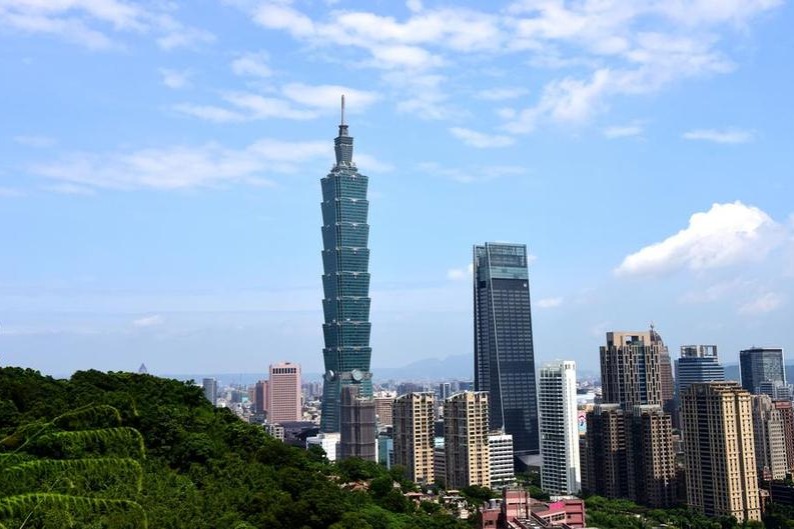Party plenum to shape next five-year plan
Priorities expected to target new quality productive forces, economic resilience

As the fourth plenary session of the 20th Communist Party of China Central Committee is held from Monday to Thursday, the spotlight will be on how China will use the key Party meeting to set the tone for its development priorities for the next five years amid persistent economic headwinds.
The fourth plenary session is expected to see the leadership reviewing the proposal of the CPC Central Committee for the 15th Five-Year Plan for National Economic and Social Development, which will lay the groundwork for the country's development from 2026 to 2030.
Observers said that what makes this meeting significant is not the prospect of dramatic shifts, but rather the reaffirmation of a steady and pragmatic vision that has enabled China to weather global uncertainty and maintain momentum as the world's second-largest economy.
Xi Jinping, general secretary of the CPC Central Committee, has chartered the course for the 15th Five-Year Plan. He has chaired a number of high-level meetings attended by senior officials to discuss key priorities for the new plan, while State media outlets have launched a national campaign to gather public input and feedback.
During an inspection tour to Shanghai in April, Xi presided over a symposium on China's economic and social development in the 15th Five-Year Plan period.
"We must unswervingly manage our own affairs well, and stay committed to expanding high-standard opening-up," Xi told the symposium, while stressing the need to adapt to the changing global landscape and grasp strategic priorities for China's development.
"Greater emphasis should be placed on ensuring both development and security, with a comprehensive assessment of domestic and external risks and challenges," he said.
The 15th Five-Year Plan is considered a crucial step, as China is using a three-plan period — the 14th, 15th and 16th Five-Year Plans — to "basically realize socialist modernization" by 2035.
Experts said that during the 15th Five-Year Plan period, China's development priorities are likely to be centered around enhancing its economic resilience, which will include diversifying trading partners, boosting domestic consumption and improving technology and innovation capabilities.
Cheng Xusen, a research fellow at Renmin University of China's National Academy of Development and Strategy, said that the development of new quality productive forces, a key driver for high-quality growth, is expected to be a priority in the 15th Five-Year Plan.
Key priorities include expanding domestic demand, boosting consumption's role in economic growth, creating high-quality jobs and increasing household incomes, Cheng said.
In addition, China intends to deepen high-level opening-up by promoting trade facilitation and liberalization, strengthening international economic cooperation, and enhancing its position in global industrial and supply chains, he added.
Cao Heping, a professor at Peking University's School of Economics, said that technology innovation, as the main driving force of high-quality growth, is evolving from an engine that propels progress into a key force reshaping the nation's economic landscape.
During the 15th Five-Year Plan period, the innovation-driven development strategy is expected to further unleash its effectiveness on a broader scale, Cao said, and the deeper integration of new energy, new materials and intelligent manufacturing is expected to forge new technological strengths and drive the next phase of industrial transformation.
At the April symposium, Xi highlighted the strategic importance of developing new quality productive forces tailored to local conditions during the 15th Five-Year Plan period, adding that China's development will be driven by technological innovation, with the real economy being the foundation.
He also highlighted the importance of improving the national innovation system through stimulating the vitality of various innovation entities and zeroing in on global scientific and technological frontiers.
Matteo Giovannini, a finance professional at the Industrial and Commercial Bank of China and a nonresident associate fellow at the Beijing-based think tank Center for China and Globalization, said that over the past few years, China has consistently contributed around 30 percent of global economic growth, a figure unmatched by any other major economy.
"In 2024, the country's GDP grew by 5 percent year-on-year, reaffirming its role as a key stabilizer of the world economy. These achievements are not the outcome of short-term stimulus, but of structural progress guided by long-term vision," Giovannini said in an article published by the China Global Television Network.
He said that as China prepares to embark on the next stage of modernization, the fourth plenary session offers an opportunity to consolidate these gains and chart the path forward.
"Ultimately, the fourth plenum embodies China's quiet confidence in its governance model. It demonstrates that reform, innovation and openness can coexist under a framework of stability and national purpose," Giovannini said. "The global environment may be fraught with sanctions, trade friction and political suspicion, but China's long-term orientation enables it to look beyond short-term turbulence."
- Chinese president appoints new ambassadors
- Golden autumn days draw people outdoors across China
- Diplomats, business leaders in Hong Kong explore Xinjiang's beauty, eye collaboration
- Global study shows intensifying drought may wreck grasslands
- State councilor urges efforts to promote women's cause
- Intl experts highlight China's anti-corruption efforts relevant to modern governance




































